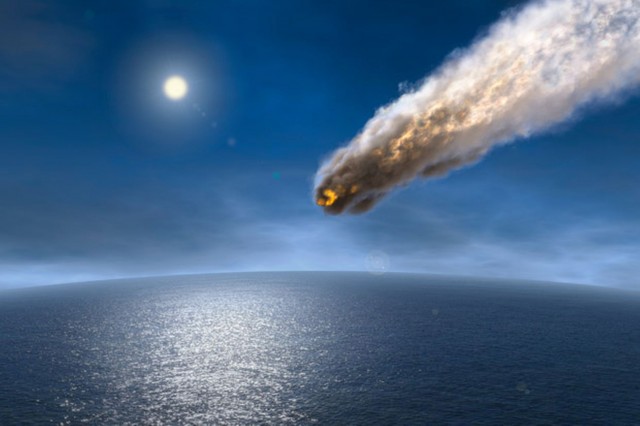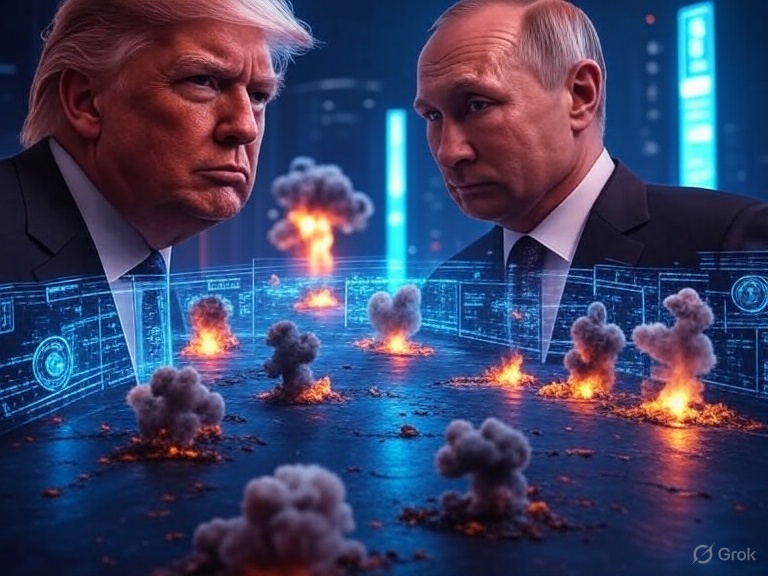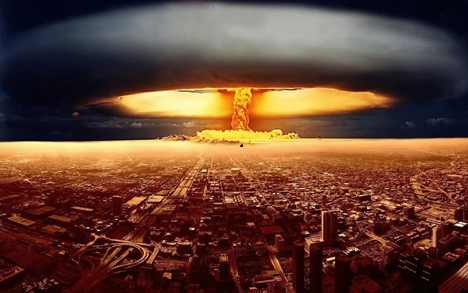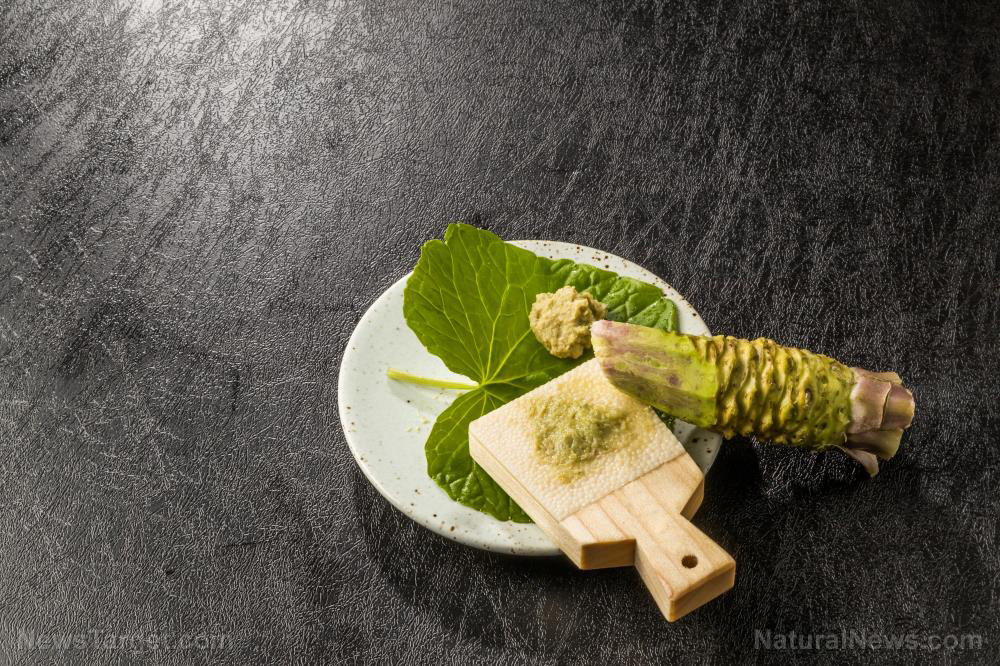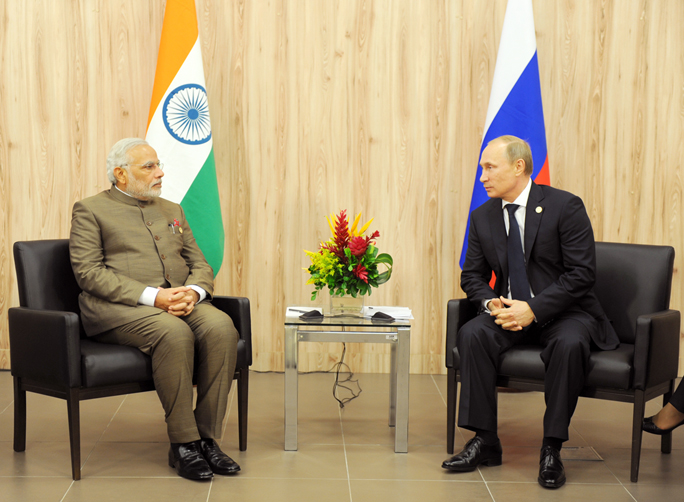
- President Donald Trump announced a substantial increase in tariffs on imports from India within 24 hours, citing dissatisfaction with India's trade practices and its continued purchase of Russian oil.
- The decision has led to a downgrade in India's GDP growth forecast for FY26 from 6.2 percent to 6.0 percent, with sectors like textiles, auto components and chemicals expected to be severely impacted, while pharmaceuticals and telecom instruments may remain stable.
- Indian exporters are exploring alternative markets to mitigate the impact of U.S. tariffs, with some sectors considering trade hubs like Belgium and the United Arab Emirates, and others looking to diversify into the European Union, United Kingdom and Asia-Pacific markets.
- India has vowed to protect its national interests, while Russia has backed India, condemning U.S. pressure tactics as illegitimate. The U.S. move risks damaging the growing trade relationship between the two nations, with bilateral trade reaching $131.8 billion in the 2024-25 fiscal year.
- The tariff hike underscores the complexities of international diplomacy and the balance between economic interests and geopolitical strategy, potentially setting a precedent for how the U.S. handles trade disputes with other nations maintaining ties with Russia.
International reactions and diplomatic fallout
India has responded firmly to the U.S. threat, with the Ministry of External Affairs (MEA) stating that India will "take all necessary measures to safeguard its national interests and economic security." The MEA clarified that India's imports of Russian oil began only after traditional suppliers redirected shipments to Europe following the Ukraine conflict. Furthermore, the MEA highlighted that the U.S. had initially supported India's imports from Russia to help stabilize global energy markets. Russia has backed India's position, with Kremlin spokesperson Dmitry Peskov condemning U.S. pressure tactics as "illegitimate." Peskov emphasized that sovereign nations should be free to choose their trading partners based on their own national interests. The tariff hike could have far-reaching implications for both economies. While the U.S. aims to pressure India into reducing its reliance on Russian oil, the move risks damaging the burgeoning trade relationship between the two nations. Bilateral trade between India and the U.S. reached 131.8 billion in the 2024-25 fiscal year, with a trade surplus of 41.18 billion for New Delhi. The decision to raise tariffs could set a precedent for how the U.S. approaches trade disputes with other nations, particularly those that maintain economic ties with Russia. Trump's announcement marks a significant moment in global trade dynamics, with potential repercussions that extend beyond the immediate economic impact on India. The situation underscores the complexities of international diplomacy and the delicate balance between economic interests and geopolitical strategy. Follow Trump.news for more news about the Trump administration's tariffs on trading partners. Watch the video below about President Trump unleashing tariffs on 185 nations. This video is from the NewsClips channel on Brighteon.com.More related stories:
Denis Alipov: U.S. "planting a time bomb" with tariffs on India. Russia to increase oil supplies to India under new deal. Trump slaps 25% tariffs on key Asian allies Japan and South Korea. EU submits to 15% Trump tariffs in new U.S. trade deal. U.S. companies rush to reshore manufacturing as Trump tariffs reshape global trade. Sources include: RT.com TheIndianExpress.com GulfNews.comSen. Josh Hawley launches investigation into Meta over AI chatbot interactions with children
By Laura Harris // Share
Indian farmers call for boycott of U.S. goods amid escalating trade tensions
By Laura Harris // Share
Mortgage rates hit five-month low, sparking surge in refinance demand
By Laura Harris // Share
Insider breach rocks Nigeria’s digital ID system as personal data is sold online
By Laura Harris // Share
NASA tracks house-sized asteroid amid growing celestial threats
By Ava Grace // Share
The breakfast clock: Why timing your morning meal is a secret weapon against high cholesterol
By jacobthomas // Share
The Health Ranger's New Year Revolution: The ultimate guide to health, wealth and freedom
By kevinhughes // Share
"Absolute Healing" on BrightU: Experts explore COVID-19 as an engineered bioweapon
By jacobthomas // Share
Why EMPs pose a catastrophic threat—and places to avoid when they hit
By dominguez // Share
Scientists demonstrate how perfect magnetic symmetry can cancel energy loss
By kevinhughes // Share
Why wasabi is good for more than just sushi
By newseditors // Share




